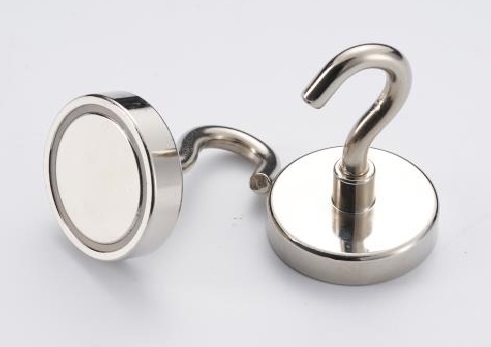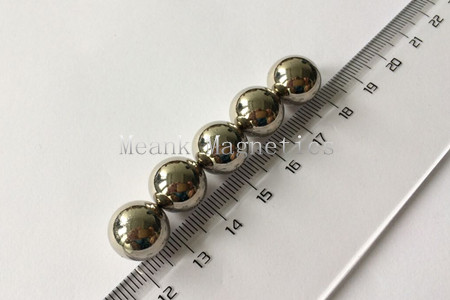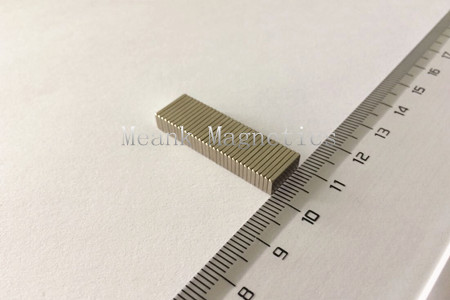NdFeB strong magnetic grades are contacted by people in the magnetic material industry every day, so what exactly do these complex grades represent? What are the differences between different grades of sintered NdFeB? How to choose the appropriate NdFeB magnetic material by grade? Today, NingBo BeiLun Meank Magnetics Co.,ltd. will give you a systematic explanation.
Common sintered NdFeB grades can be divided into seven categories: N, M, H, SH, UH, EH and TH. Except for the N type, every other type will appear at the end of the product brand. For example, N38M is the M series, N38TH is the TH series, and if there is no letter after "N38", then it is the N series.
1. Br remanence: the unit is Tesla (T) and Gauss (Gs), 1Gs = 0.0001T. It refers to the magnetic induction intensity of a sintered NdFeB magnet when a magnet is magnetized to saturation by an external magnetic field in a closed circuit environment and then the external magnetic field is cancelled. In layman's terms, it can be temporarily understood as the magnetic force of the magnet after magnetization.
2. Hcb coercivity: the unit is Oersted (Oe) or ampere/meter (A/m), 1A/m=79.6Oe. When the magnet is magnetized in the reverse direction, the value of the reverse magnetic field strength required to reduce the magnetic induction intensity to zero is called the magnetic coercive force. However, the magnetization of the magnet is not zero at this time, but the applied reverse magnetic field and the magnetization of the magnet cancel each other out. At this time, if the external magnetic field is removed, the magnet still has certain magnetic properties.
3. Hcj Intrinsic coercive force: The strength of the reverse magnetic field required to reduce the magnetization of the magnet to zero is called the intrinsic coercive force. Its unit of measurement is the same as the coercive force. The classification of magnetic grades is based on their intrinsic coercivity: low coercive force N, medium coercive force M, high coercive force H, ultra-high coercive force UH, extremely high coercive force EH, high coercivity TH. The intrinsic coercivity of neodymium iron boron magnets will decrease with the increase of temperature, so when choosing to use neodymium iron boron magnets, be sure to choose a suitable grade.
4. (BH)max Maximum magnetic energy product: represents the magnetic energy density established in the space between the two magnetic poles of the magnet, that is, the magnetostatic energy per unit volume of the air gap, which is the maximum value of the product of Br and Hcj, and its size directly indicates the magnet's performance level. The number in the grade of the magnetic material represents the theoretical maximum energy product of the product. It is not difficult to find that the performance of sintered NdFeB products under each grade is not a unique fixed value, but a numerical range. The performance ranges of products from different manufacturers are not completely consistent. When purchasing, you need to pay special attention to whether the performance of the supplier's products can meet your requirements.




